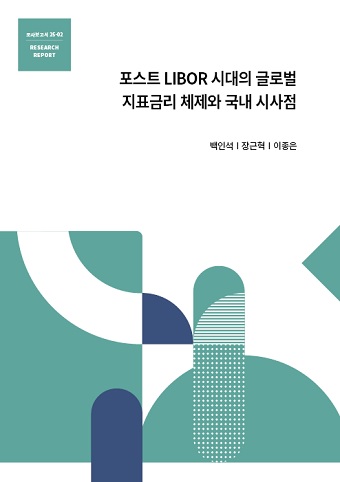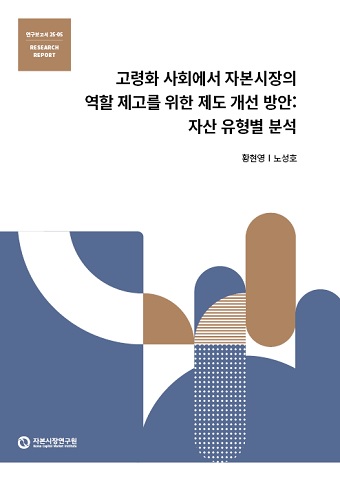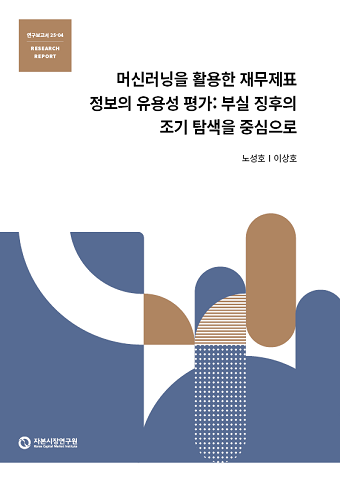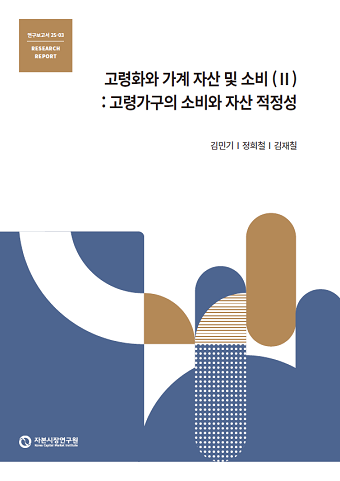Find out more about our latest publications
305 Results

Benchmark rates are used as reference rates to determine the payoff of various financial transactions, including interest rate derivatives, floating rate loans and floating rate notes (FRNs), and have a significant impact on the operation of financia...

This study examines the financial challenges that may arise as Korea transitions to an aging economy and discusses institutional and policy responses for each of the major asset classes held by older households. Korea's aging population is p...

This study aims to predict corporate failures in the Korean stock market. In particular, it seeks to design an effective early warning model that forecasts delisting prior to trading suspensions. To achieve this, the model incorporates not only quant...

According to the life-cycle hypothesis, elderly households use their wealth to sustain consumption as their income declines in retirement. They save during their working years and use up accumulated assets in old age, flattening the marginal utility